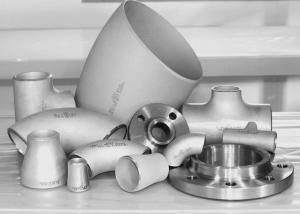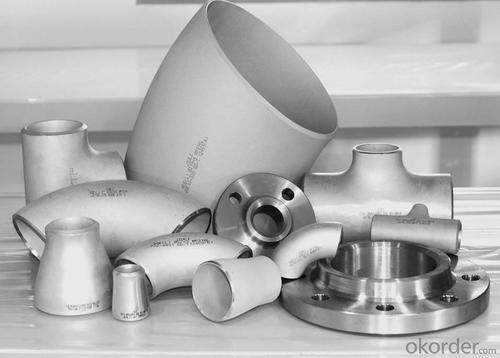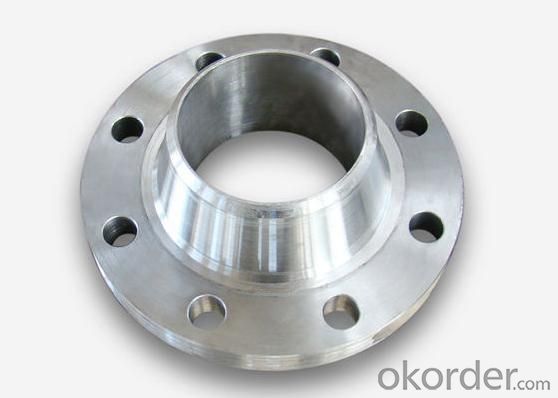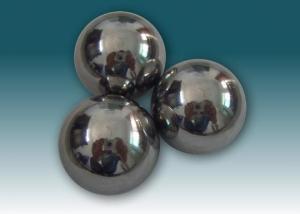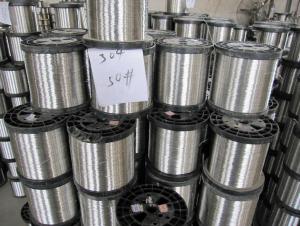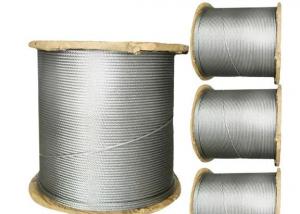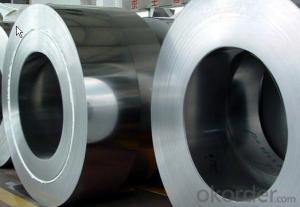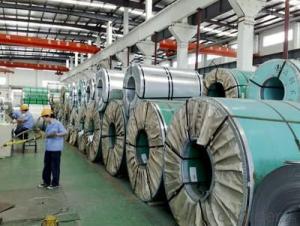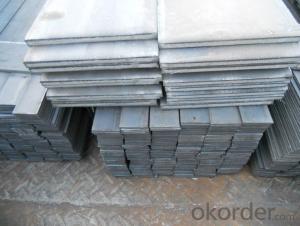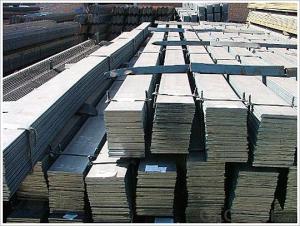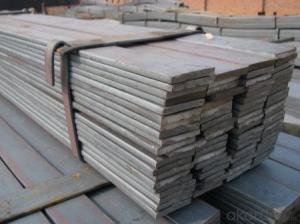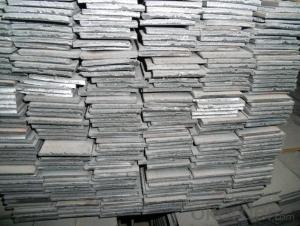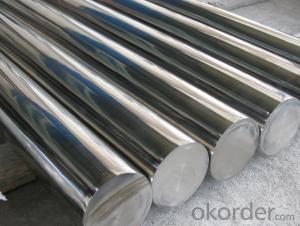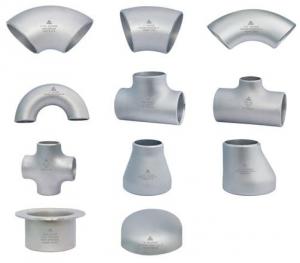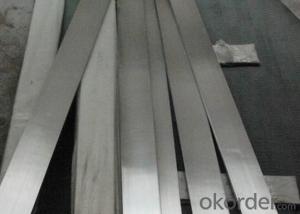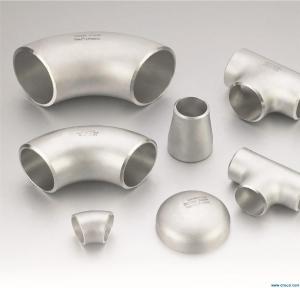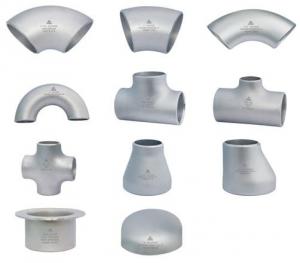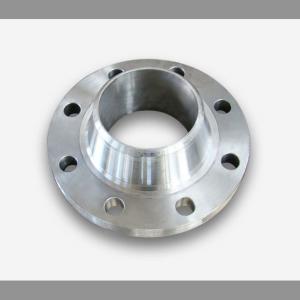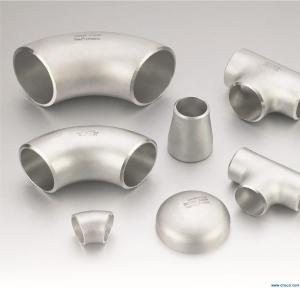Stainless Steel Fittings With Best Quality
- Loading Port:
- China Main Port
- Payment Terms:
- TT or LC
- Min Order Qty:
- 1 Piece m.t.
- Supply Capability:
- 1000 Pieces Per Day m.t./month
OKorder Service Pledge
OKorder Financial Service
You Might Also Like
Stainless Steel Fittings With Best Quality
Specifications Features Of Stainless Steel Fittings With Best Quality
1) Carbon steel fitting and stainless steel fitting
2) Standard: ASME, ANSI, API, JIS
3) Construction industry.
Chemical industry
Water tube
Pulp&Paper making industry
Heat exchanger tube,boiler tube,condenser tube,etc.
Type | BUTT WELDED FITTING |
Item | Elbows, seamless and welded, LR & SR ,Bend -Equal and reducing Tees, seamless and welded - Concentric and eccentric Reducers,seamless and welded -Caps |
Nickel Alloys Material | Grade: A403,WP304, WP304L, Wp316, WP316L, A234WPB |
Alloy Steel Material | ASTM A403 WP304 / WP304L / WP316 / WP316L / 316 Ti / 321 / 310 / 347 / 904L |
Dimension | Seamless: from 1/2' up to 24' |
Thickness | From Sch5 up to Sch160/STD/XS/XXS |
Size | 1/2" - 72" |
Grade | TP304,TP304L,TP321,TP316L,TP310S etc. |
Connection | welding |
Techniques | forged |
Surface finishing | 180/240/320/400 grit |
Outer packing Of Stainless Steel Fittings With Best Quality
Seaworthy plywood case
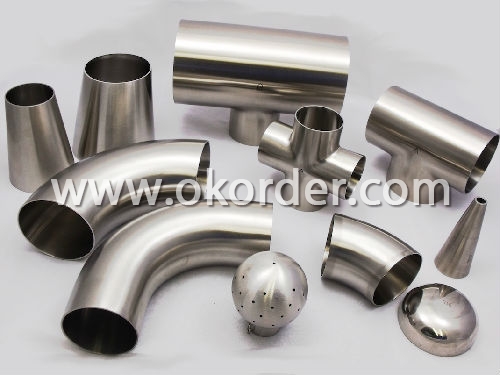
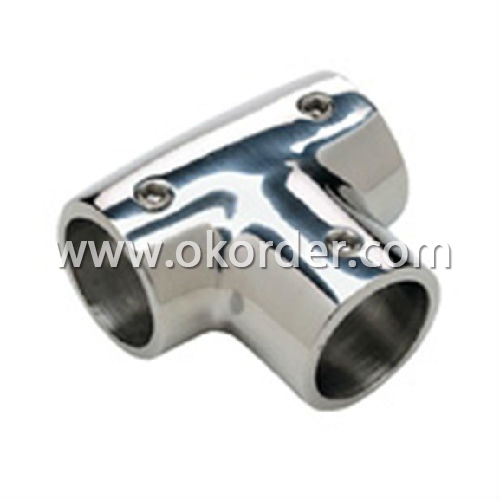
- Q: What are the coating properties of stainless steel flats?
- The coating properties of stainless steel flats include excellent corrosion resistance, high durability, and a smooth and attractive appearance. Stainless steel flats can also be coated with various materials such as paints, powder coatings, or electroplating to provide additional protection or enhance their aesthetic appeal.
- Q: Can stainless steel flats be used in the manufacturing industry?
- Yes, stainless steel flats can be used in the manufacturing industry. Stainless steel is widely used in manufacturing due to its excellent corrosion resistance, high strength, and durability. Stainless steel flats are commonly used in various applications such as construction, automotive, aerospace, and machinery manufacturing, among others.
- Q: Are stainless steel flats suitable for staircase railing?
- Yes, stainless steel flats are suitable for staircase railing. Stainless steel is a durable and corrosion-resistant material, making it perfect for outdoor and indoor applications. It has excellent strength and can withstand heavy loads, making it a reliable choice for staircase railings. Additionally, stainless steel has a sleek and modern appearance that can enhance the aesthetic appeal of any staircase. It is also easy to clean and maintain, making it a practical choice for high-traffic areas like staircases. Overall, stainless steel flats are a suitable and popular choice for staircase railings due to their durability, strength, and aesthetic qualities.
- Q: What is the machinability of stainless steel flats?
- The machinability of stainless steel flats can vary depending on various factors such as the specific grade of stainless steel, the heat treatment it has undergone, and the machining process being used. In general, stainless steel flats are known to have lower machinability compared to other materials such as carbon steel or aluminum. Stainless steel has high strength, hardness, and toughness, which makes it more challenging to machine. It has a tendency to work-harden quickly, causing increased cutting forces and tool wear. Furthermore, stainless steel has a low thermal conductivity, leading to increased heat generation during the machining process. To improve machinability, certain grades of stainless steel can be selected that have higher sulfur content, which promotes better chip formation and reduces tool wear. Additionally, using appropriate cutting tools with sharp edges, high cutting speeds, and proper cooling and lubrication can also enhance the machinability of stainless steel flats. Overall, while stainless steel flats may be more difficult to machine compared to other materials, with the right techniques and tools, it is possible to achieve good results in terms of surface finish and dimensional accuracy.
- Q: What are the different types of stainless steel flats used in the telecommunications industry?
- The telecommunications industry utilizes various types of stainless steel flats for different purposes. These flats are selected due to their exceptional resistance to corrosion, durability, and ability to withstand extreme weather conditions. 1. Austenitic Stainless Steel Flats: This particular type of stainless steel flat is widely employed in the telecommunications sector. It is renowned for its superior corrosion resistance, ductility, and strength. Austenitic stainless steel flats find applications in cable management systems, antenna supports, and equipment enclosures. 2. Duplex Stainless Steel Flats: Combining features of both austenitic and ferritic stainless steels, duplex stainless steel flats exhibit enhanced strength and resistance to stress corrosion cracking. These flats are commonly utilized in telecommunications tower structures, where both high strength and corrosion resistance are necessary. 3. Martensitic Stainless Steel Flats: Martensitic stainless steel flats are characterized by their hardness and excellent mechanical properties. They are frequently employed in telecommunications applications that demand high strength and wear resistance, such as cable clamps, brackets, and fittings. 4. Ferritic Stainless Steel Flats: Ferritic stainless steel flats are recognized for their outstanding resistance to corrosion and oxidation at high temperatures. They find application in telecommunications equipment exposed to harsh environments, including outdoor enclosures, weatherproof cabinets, and antenna supports. 5. Precipitation-Hardening Stainless Steel Flats: Precipitation-hardening stainless steel flats offer a unique combination of high strength and corrosion resistance. They are commonly used in telecommunications infrastructure, where a lightweight and durable material is required, such as satellite dishes, support structures, and signal transmission equipment. In summary, the selection of stainless steel flats in the telecommunications industry depends on specific application requirements, encompassing corrosion resistance, strength, durability, and environmental conditions.
- Q: Can stainless steel flats be used in elevator manufacturing?
- Indeed, elevator manufacturing can incorporate the utilization of stainless steel flats. Given its remarkable strength, durability, and ability to resist corrosion, stainless steel is frequently employed in the construction of elevators. Elevators face diverse strains and environmental factors, including substantial loads, continuous motion, and contact with moisture and chemicals. Consequently, stainless steel flats serve as a dependable and enduring option for elevator elements like the elevator car, doors, frames, and shafts. By employing stainless steel flats, elevators are equipped to withstand these arduous conditions and maintain their safe and efficient functionality.
- Q: Can stainless steel flats be used in architectural applications?
- Yes, stainless steel flats can be used in architectural applications. Stainless steel is a versatile material that offers a combination of strength, durability, and aesthetic appeal, making it suitable for various architectural projects. Stainless steel flats can be used for cladding, roofing, decorative elements, handrails, balustrades, and other structural components in buildings. They are resistant to corrosion, which is essential for maintaining the appearance and integrity of architectural structures. Additionally, stainless steel can be fabricated into different shapes and finishes, allowing architects to create unique and visually appealing designs. Overall, stainless steel flats are a popular choice in architectural applications due to their durability, versatility, and modern aesthetic.
- Q: What are the common sizes available for stainless steel flats?
- Stainless steel flats, also known as stainless steel bars or stainless steel rectangles, are available in a wide range of sizes to suit various applications and requirements. The common sizes available for stainless steel flats vary depending on the supplier and the specific needs of the customer. However, some of the most common sizes for stainless steel flats include widths ranging from 0.5 inches to 12 inches, and thicknesses ranging from 1/8 inch to 4 inches. Lengths can vary as well, typically ranging from 10 feet to 20 feet or even longer. It is important to note that these sizes are just a general guideline, and customized sizes can also be manufactured to meet specific project specifications. Therefore, it is always advisable to consult with a supplier or manufacturer to determine the exact sizes available for stainless steel flats.
- Q: What is the coefficient of thermal expansion of stainless steel flats?
- The coefficient of thermal expansion of stainless steel flats can vary depending on the specific grade of stainless steel and the manufacturing process used. However, on average, the coefficient of thermal expansion for stainless steel flats is typically around 10.8 x 10^-6 per degree Celsius (or 6 x 10^-6 per degree Fahrenheit). This value represents the amount of linear expansion or contraction that occurs in the material for each degree change in temperature. It is important to note that this value may vary slightly between different types of stainless steel and may also be influenced by factors such as the thickness and shape of the flats.
- Q: Can stainless steel flats be used in the brewing industry?
- Yes, stainless steel flats can be used in the brewing industry. Stainless steel is a preferred material in brewing due to its corrosion resistance, durability, and ease of cleaning. Flats made of stainless steel can be used for various purposes in the brewing process, such as fermentation vessels, storage tanks, piping, and equipment.
1. Manufacturer Overview
| Location | Anhui,China |
| Year Established | 2003 |
| Annual Output Value | Above US$16 Million |
| Main Markets | South Korea;Japan; Europe;ASEAN;India |
| Company Certifications | ISO 9001:2000; |
2. Manufacturer Certificates
| a) Certification Name | |
| Range | |
| Reference | |
| Validity Period |
3. Manufacturer Capability
| a) Trade Capacity | |
| Nearest Port | Shanghai |
| Export Percentage | 70% |
| No.of Employees in Trade Department | 160 People |
| Language Spoken: | English;Chinese;Japanese;Korea |
| b) Factory Information | |
| Factory Size: | Above 300,000 square meters |
| No. of Production Lines | Above 10 |
| Contract Manufacturing | OEM Service Offered;Design Service Offered |
| Product Price Range | Average |
Send your message to us
Stainless Steel Fittings With Best Quality
- Loading Port:
- China Main Port
- Payment Terms:
- TT or LC
- Min Order Qty:
- 1 Piece m.t.
- Supply Capability:
- 1000 Pieces Per Day m.t./month
OKorder Service Pledge
OKorder Financial Service
Similar products
Hot products
Hot Searches
Related keywords
